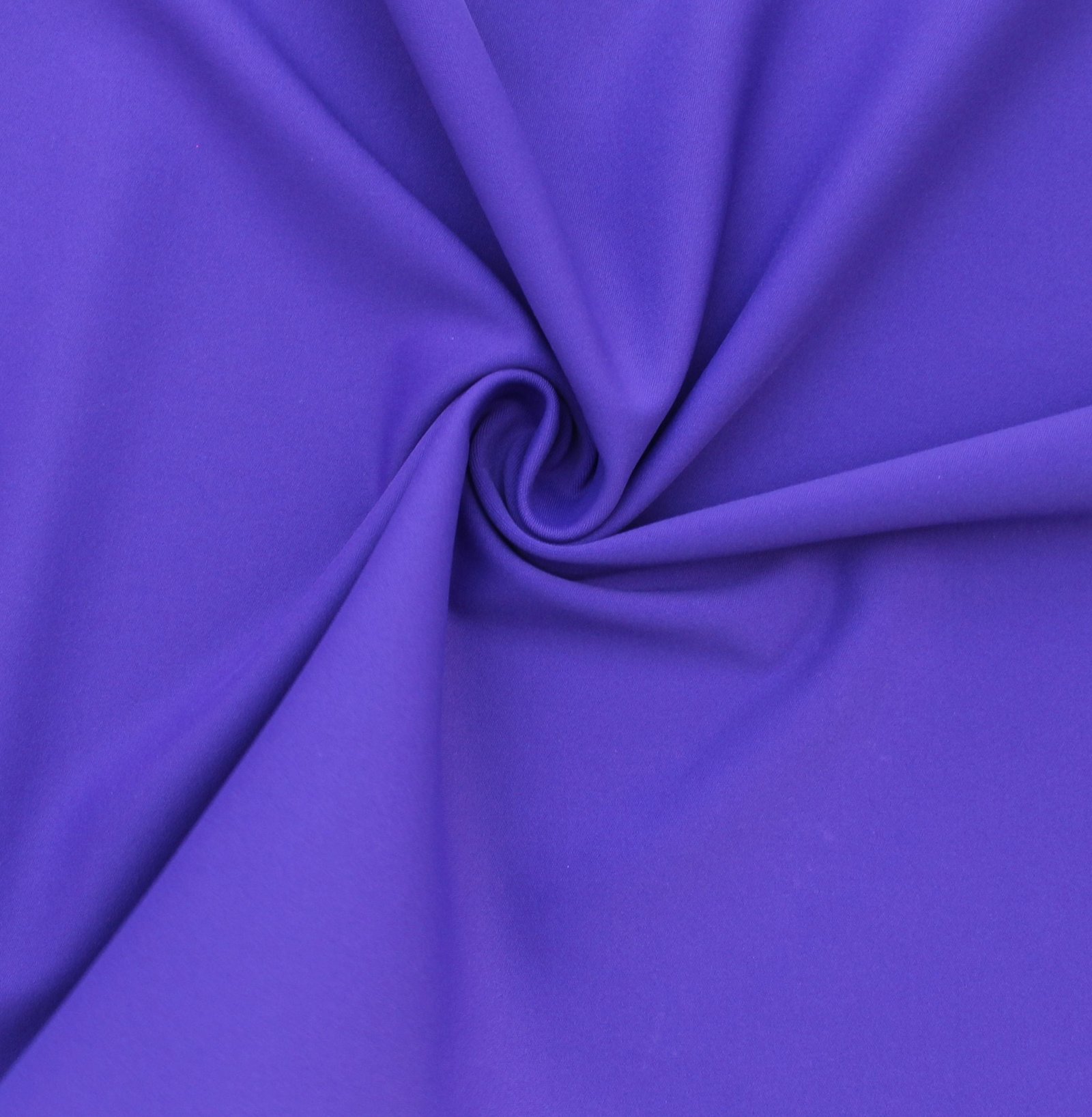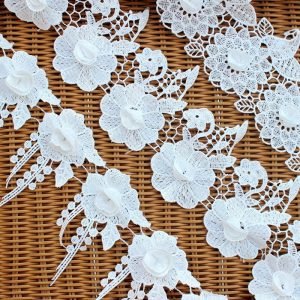In the textile industry, the addition of anti-yellowing agents during fabric production serves a critical purpose in maintaining the aesthetic and functional qualities of the material. Fabrics, particularly those used in apparel and home textiles, are susceptible to yellowing over time due to various factors such as exposure to light, air, and environmental pollutants.
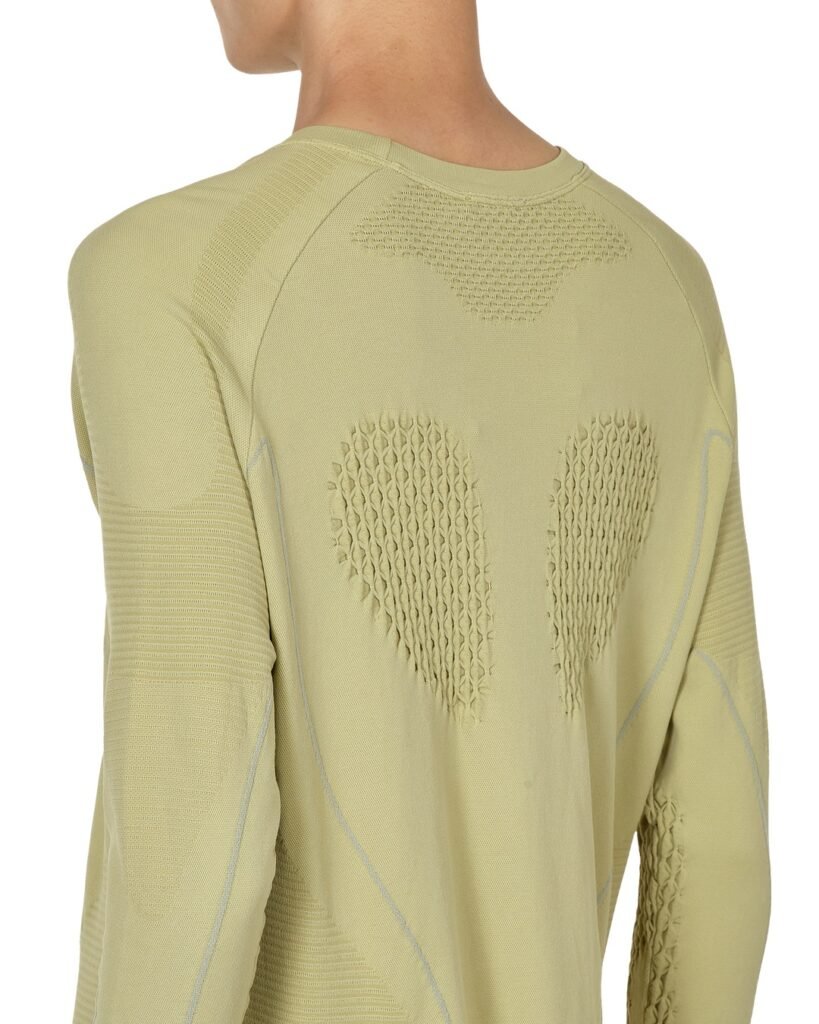

Anti-yellowing agents, often in the form of optical brighteners or UV absorbers, are incorporated into the fabric during the manufacturing process to mitigate the effects of yellowing. These agents work by either enhancing the fabric’s brightness and whiteness or by absorbing harmful UV radiation that can cause discoloration.
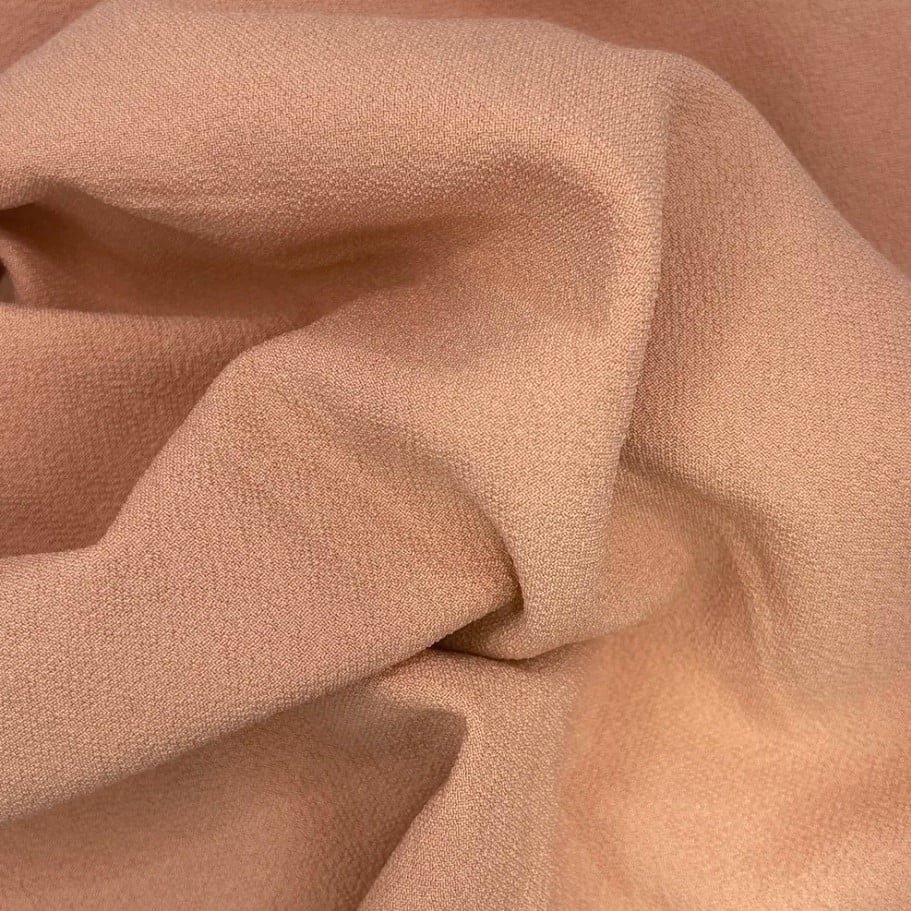
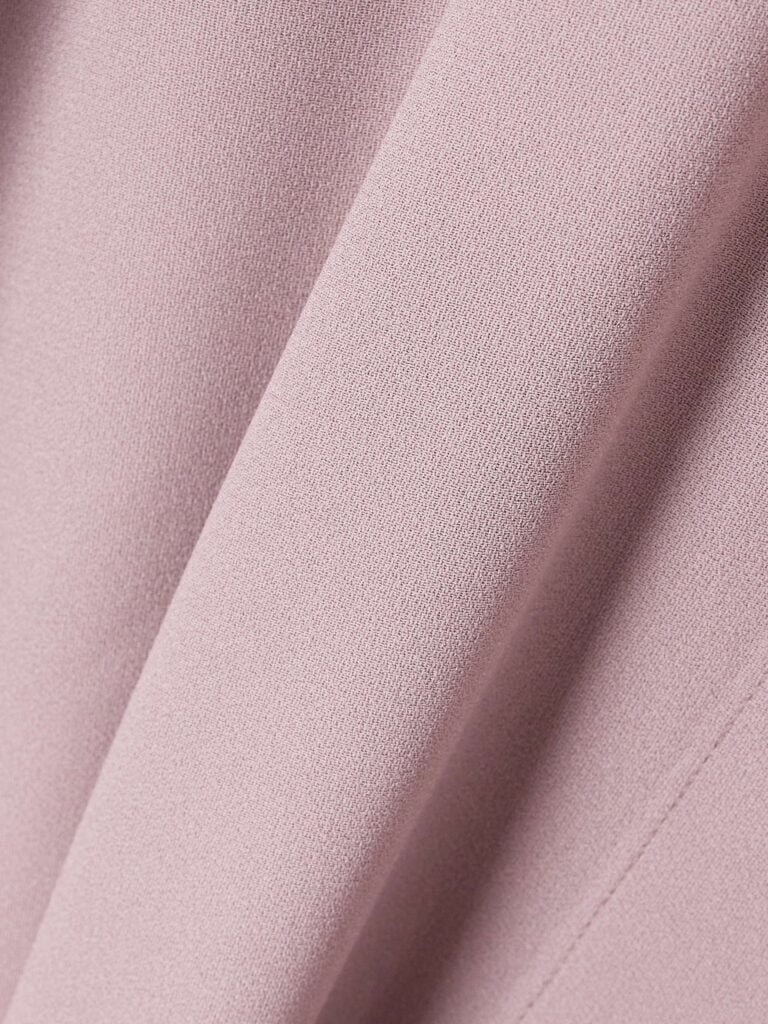
By incorporating anti-yellowing agents, fabrics retain their original color and brightness, ensuring that they maintain a fresh and appealing appearance even after prolonged use and exposure to environmental elements. Additionally, these agents contribute to the fabric’s longevity, preserving its visual appeal and quality over time.
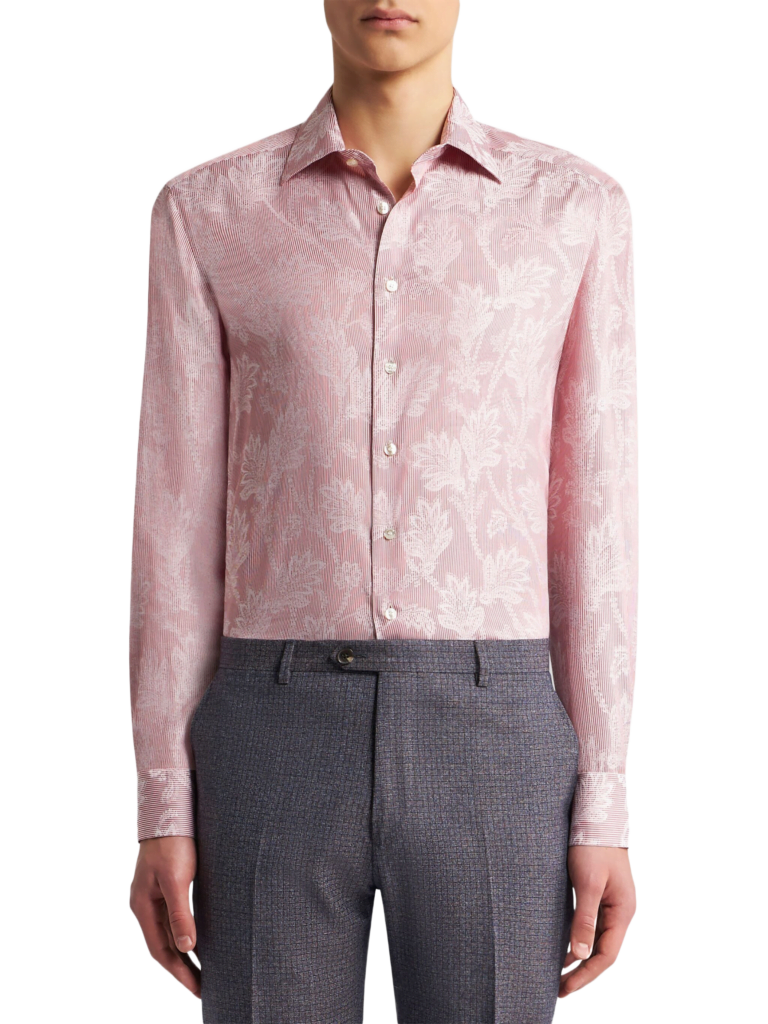

In conclusion, the inclusion of anti-yellowing agents in fabric production is essential for preserving the aesthetic integrity and durability of textiles. By incorporating these agents, manufacturers can offer consumers fabrics that maintain their original appearance and quality, enhancing the overall value and longevity of the end products.


